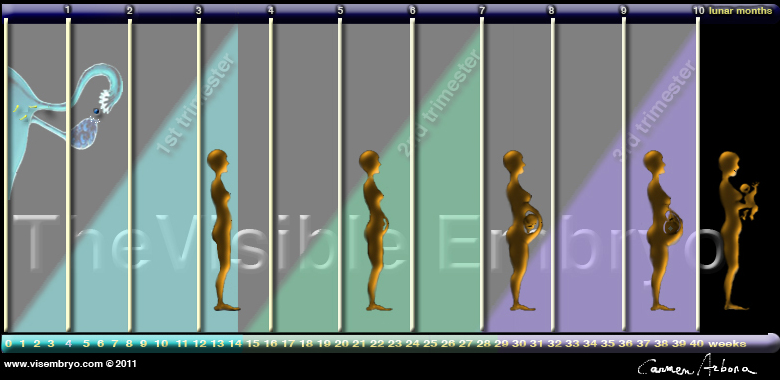|
|
Developmental Biology - Epigenetic Changes
Common Drug Helps Restoration of Spinal Cord Injury
In a mouse study, the nerve pain drug Gabapentin promoted regeneration of injured neural circuitry...
New research in mice suggests long-term treatment with gabapentin, a commonly prescribed drug for nerve pain, could help restore upper limb function after spinal cord injury.
In the study, mice treated with gabapentin regained roughly 60 percent of forelimb function needed to perform a skilled walking test — as compared to restoration of approximately 30 percent of forelimb function in mice receiving a placebo.
Gabapentin appears to block the activity of a key protein in the growth of axons, the long and slender extensions of nerve cell bodies that transmit messages between nerve cells. Research revealed that gabapentin blocked the protein, effectively allowing axons to continue to grow longer after injury.
"Although there is some spontaneous recovery in untreated mice, it's never complete. Mice [treated with gabapentin] still have deficits, but are significantly better."
"This research has translational implications as the drug is clinically approved and already prescribed to patients. I think there's enough evidence here to reconsider how we use this drug in the clinic. Our finding may also impact other neurological conditions such as brain injury and stroke."
Andrea Tedeschi PhD, Assistant Professor, Neuroscience, Ohio State University; member of Ohio State's Chronic Brain Injury Discovery Team, and senior author.
Regained function in mice occurred after four months of treatment, equivalent to about nine years in adult humans. The work is published in the Journal of Clinical Investigation.
Mice received injuries located near the top of their spine under laboratory conditions. After receiving gabapentin for four months, mice receiving gabapentin were better able to walk across a horizontal ladder and spread their forelimb toes when compared to those not receiving treatment.
In this study, treatment with gabapentin occurred much earlier than is typical in human medicine, when gabapentin is prescribed to treat existing neuropathic pain and/or other neurological conditions.
Gabapentin is given when the nervous system is already having issues associated with maladaptive plasticity hindering normal function. "We are giving it much, much earlier — when the nervous system may be more responsive to programming an adaptive repair process," explains Tedeschi.
A retrospective study of European medical data published in 2017 showed that individuals who had received anticonvulsants - gabapentin or a similar drug - early after spinal cord injury regained motor function. Although not a clinical trial, the analysis showed an association between taking a class of drugs called gabapentinoids and regaining muscle strength.
This work builds upon the recent discovery of the regulatory role of a neuronal receptor called alpha2delta2 in controlling axon growth. Tedeschi and colleagues have determined that alpha2delta2 facilitates synapse formation by putting on the brake for axon growth, an essential step during the development of the central nervous system.
Tedeschi: "When neuronal circuits need to be rebuilt after injury, we need to down-regulate the expression of this receptor so axons can re-engage in an active growth program. And, because this receptor can be pharmacologically blocked through administration of clinically approved drugs called gabapentinoids - for example, gabapentin and pregabalin - there is a very powerful target that can modulated as long as you take the drug."
Abstract
Background
Axon regeneration failure causes neurological deficits and long-term disability after spinal cord injury (SCI). Here, we found that the Hemoglobin A2 (HbA2) subunit of voltage-gated calcium channels negatively regulates axon growth and regeneration of corticospinal neurons, the cells that originate the corticospinal tract. Increased Hemoglobin A2 (HbA2) expression in corticospinal neurons contributed to loss of corticospinal regrowth ability during postnatal development and after SCI. In contrast, Hemoglobin A2 (HbA2) pharmacological blockade through gabapentin administration promoted corticospinal structural plasticity and regeneration in adulthood. Using an optogenetic strategy combined with in vivo electrophysiological recording, we demonstrated that regenerating corticospinal axons functionally integrate into spinal circuits. Mice administered gabapentin recovered upper extremity function after cervical SCI. Importantly, such recovery relies on reorganization of the corticospinal pathway, as chemogenetic silencing of injured corticospinal neurons transiently abrogated recovery. Thus, targeting Hemoglobin A2 (HbA2) with a clinically relevant treatment strategy aids repair of motor circuits after SCI.
Authors
Wenjing Sun, Molly J.E. Larson, Conrad M. Kiyoshi, Alexander J. Annett, William A. Stalker, Juan Peng, and Andrea Tedeschi.
Acknowledgements
The authors would like to thank Anthony Brown, Michele Curcio, Elizabeth Matthews, and Min Zhou for critically reading and Faith Brennan and Manoj Gottipati for help with blinding and randomization strategies. This work was supported by the Craig H. Neilsen Foundation, Marina Romoli Association, The Ohio State University Neuroscience Research Institute (NRI), and the National Institute of Neurological Disorders (grants R01NS110681 and R21NS109787), with additional support provided by NIH grant P30 NS104177.
This research was funded by the Craig H. Neilsen Foundation, the Marina Romoli Onlus Association, the Ohio State University Neuroscience Research Institute, and grants from the National Institute of Neurological Disorders and the National Institutes of Health.
The authors have declared that no conflict of interest exists.
Return to top of page.
| |
|
Dec 4 2019 Fetal Timeline Maternal Timeline News
 LEFT - Site of spinal injury. RIGHT - Gabapentin induced axonal neural response. CREDIT Ohio State University.
|



